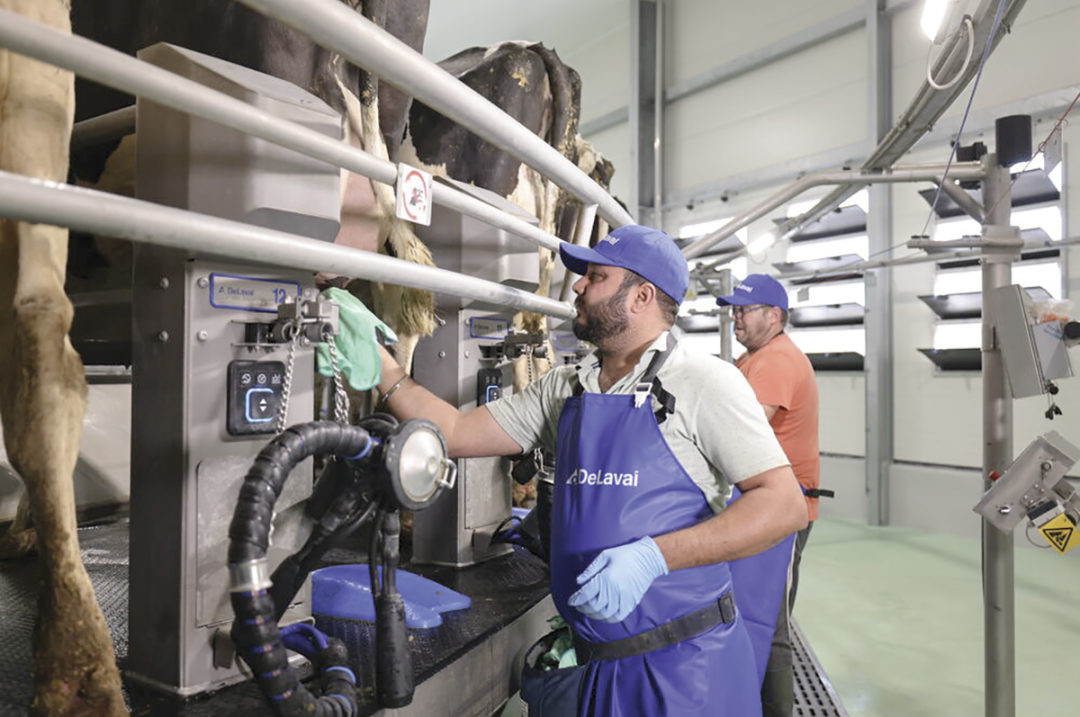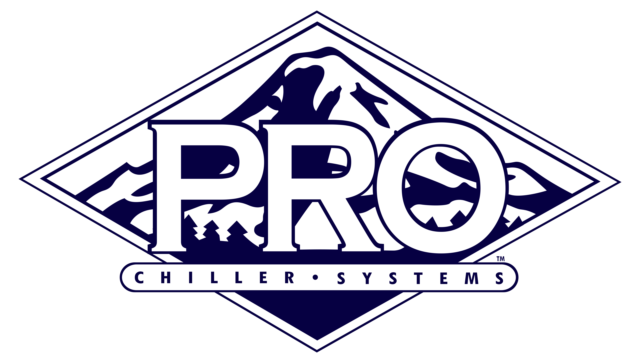They may be hanging on the wall, in a binder in the office or on that list of things to do. Standard operating procedures (SOPs) are found on nearly every dairy farm, but having them does not always mean they are used correctly.
When was the last time the protocols were reviewed and updated? How long has it been since employees used them? These procedures are only valuable if they are being correctly implemented. While it is possible to have SOPs for many important tasks on a dairy farm, there are few more important than milking parlor procedures.
Creating a farm environment that empowers and encourages employees to continue educating themselves on new practices and technology is vital to employee retention. Building this kind of work culture does not have to be complicated or overwhelming, as there are a few small ways to implement this easily.
Improve compliance and comprehension
Many daily tasks can become mundane. Some days, it may feel like the movie Groundhog Day, where every step is monotonous. This can lead to complacency among employees – and over time, they may take shortcuts when completing tasks. Employees can begin to forget the correct procedure and miss important steps. Before long, the effectiveness of the SOP has drifted.
An example of procedural drift is employees skipping the strip step of the milking prep routine. First, they only skip a few cows, but after some time passes, they end up skipping half the herd and mastitis cases increase. These instances should be avoided on a farm, as it affects cow welfare and the farm’s bottom line.
Of course, managing farm employees is key to any operation’s success. Employees who understand the significance of SOP implementation are more likely to complete them correctly. Furthermore, employees involved in developing these procedures are more likely to follow through on their implementation. Quarterly meetings with employees to check in on compliance and comprehension of milking procedure routines can help improve the effectiveness of the SOPs in place.
Here are a few questions you can ask them:
- Do you understand the importance of the milking procedures in relation to cow and udder health?
- How accurately do you feel you have been performing the procedure?
- What can you do to improve the way you perform this SOP?
- Are there any parts of the SOP that we need to change or update?
- How can management make it easier for you to perform the SOP?
Reviewing SOPs regularly with employees helps them recognize when quality has drifted so they can get back on track before the operation is largely affected. This process also helps shed light on the areas where employees need more training or areas of improvement for the operation.
Prioritize key SOPs and training
The idea of reviewing every SOP quarterly with employees may seem daunting and too repetitive, but consider prioritizing the most important SOPs on the farm, such as the milking preparation procedures, parlor wash or cleaning procedures and scheduled maintenance procedures.
Retaining employees on the farm can be a challenge, which gives even more weight to the farm’s SOPs, as they also can be training material for new employees. Educating new employees on SOPs requires demonstration of the task and/or repeated training to ensure proper adoption. Farms that are successful at building an inclusive culture have a better chance of retaining new hires. New employees often need guidance and look to fellow team members for proper methods, so having a good mentor or team leader can improve the skill sets that need to be taught.
Stay up to date
Implementing the latest technology and methodology is of key importance to a farm's profitability. If SOPs are not periodically updated to industry standards or per the new technology used on the farm, it may be harder for employees to follow farm protocols correctly or completely. Offering continued education for all employees is a great way to prevent complacency and increase job satisfaction. Hosting workshops to teach new skills, sending employees to a local workshop or conference, or simply posting interesting articles in the breakrooms is a great way to achieve this. These activities help build a culture of continued learning and show employees their work and the expertise they bring to the operation are valued.
Taking time out for continued learning may not be high on the agenda for a farm, but implementing farm SOPs accurately means moving it up the priority list. Reviewing SOPs for the milking parlor with employees on a quarterly basis, making them a part of the SOP development process, getting feedback on the implementation and ease of SOPs, and providing employees with opportunities for training on why SOPs are important are a few simple ways to ensure procedural compliance. Eventually, employees will become seasoned SOP followers and lead the next new hires in the training process. Teaching others boosts confidence and comprehension, which helps foster an environment conducive to learning and a culture of respect.
A few small steps forward in the continuous education of farm employees can leave a big impact on your operation.







